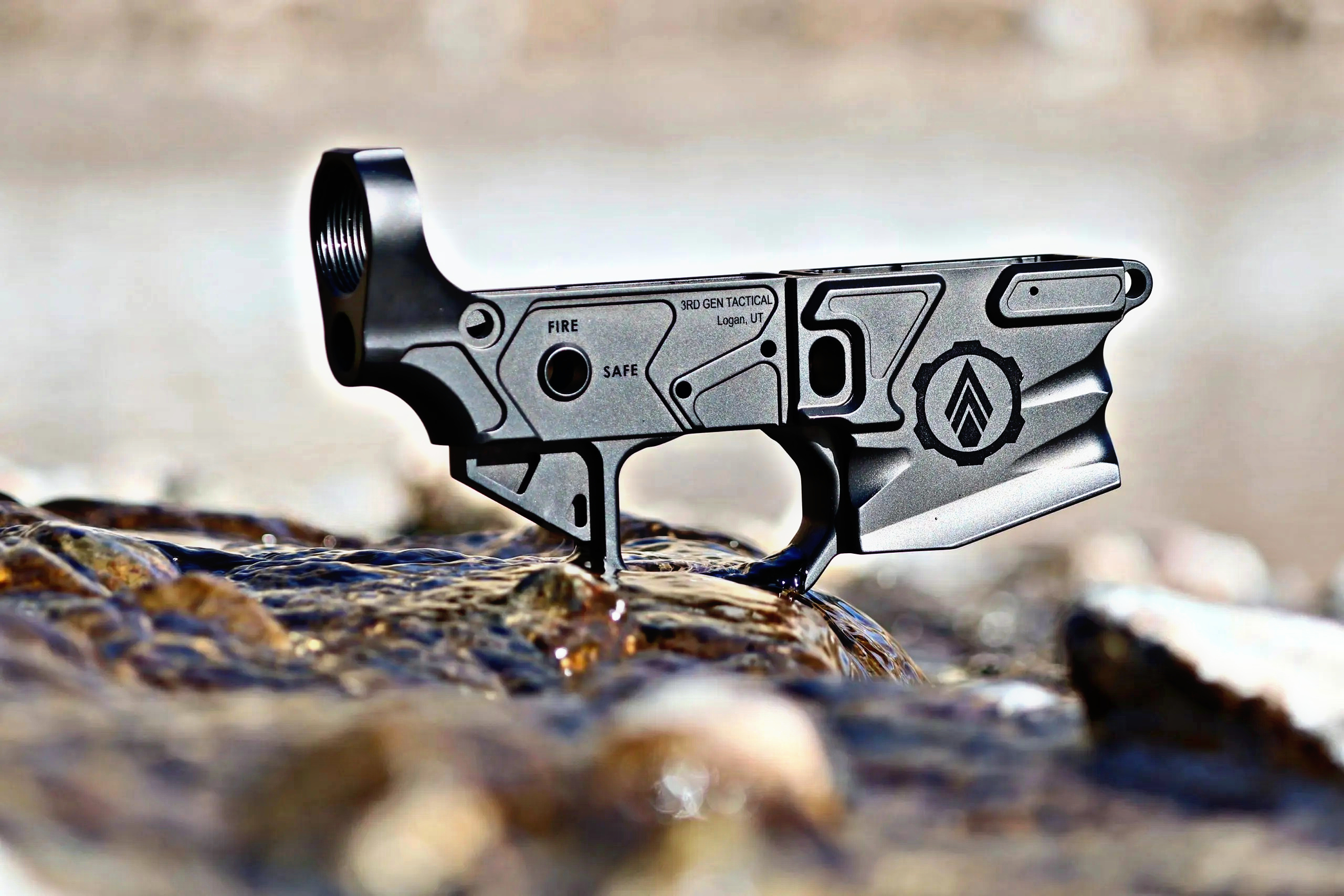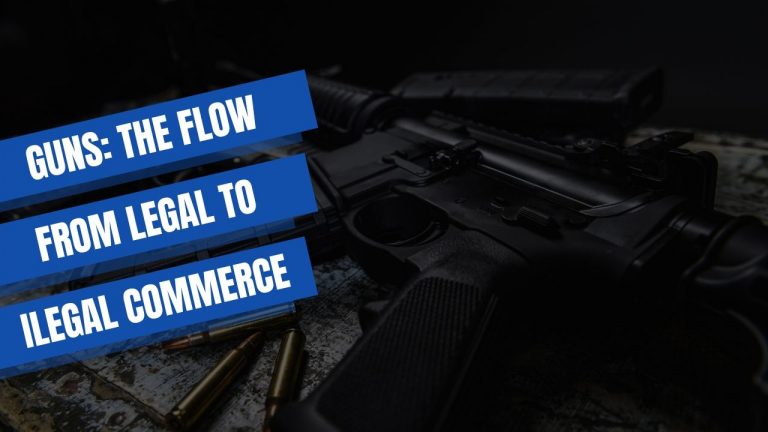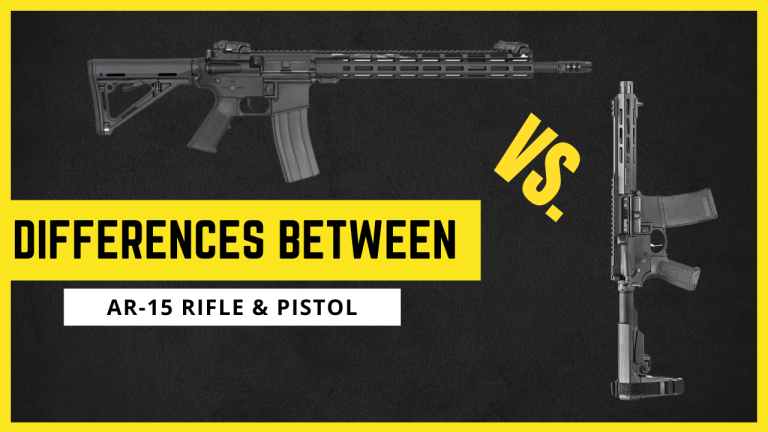Choosing the Best Lower Receiver: A Guide for Beginners
Building your own AR-15 is an exciting and rewarding experience, but it can also be overwhelming if you don’t know where to start. One of the most critical components of your build is the lower receiver. It is the foundation of your rifle, and every other part will attach to it. As the only part of the rifle that is legally considered a firearm, it’s essential to choose the right lower receiver for your build, and one important factor to consider is whether it is 100% made in the USA. In this comprehensive guide, we’ll take a closer look at the various factors you should consider when selecting the best AR lower receivers for your needs.
What is a Lower Receiver?
Before we dive into the details, let’s clarify what a lower receiver is. It’s part of the AR-15 that houses the fire control group, including the trigger, hammer, and selector switch. It also features the magazine well, where the magazine is inserted. The AR lower receiver is the serialized part of the rifle that is considered a firearm by law. There are two primary types of lower receivers: the mil-spec and commercial.
Mil-Spec vs. Commercial Lower Receiver
The mil-spec lower receiver follows military specifications and is the standard for most AR-15s. It has consistent dimensions and tolerances, which means it is designed to work with most parts on the market. The commercial lower receiver, on the other hand, has slight variations that make it more compatible with aftermarket parts. A commercial lower receiver may have a slightly larger trigger guard or a different buffer tube size, for example. While most parts will fit a commercial lower receiver, some may not be compatible. It’s important to note that when purchasing a lower receiver, you should ensure that it is made with 100% certified material to ensure that it meets the necessary quality standards for your build.
Also Read: What are the most common parts to break on an AR-15
Materials
When it comes to materials, lower receivers are typically made of aluminum or polymer. Both materials have their advantages and disadvantages.
Aluminum is a more durable and robust material that can withstand more abuse. It is also easier to machine, which makes it a popular choice for custom builds. However, aluminum receivers are also heavier, which can affect the overall weight of your rifle.
Polymer is a lighter and more affordable option, making it an excellent choice for budget builds. However, it is not as strong as aluminum, and it may not be suitable for heavy use or frequent firing.
Choosing the Best AR Lower Receiver
There are several factors to consider when selecting the best AR lower receivers for your build. Here’s what you should keep in mind:
1- Budget
Your budget is the first and most crucial factor to consider. Lower receivers can range in price from as low as $50 to over $200. The price difference is usually due to the material, brand, and additional features. If you’re on a tight budget, a polymer lower receiver may be a good option. If you have a larger budget, an aluminum lower receiver may be a better choice.
2- Intended Use
Your intended use for the rifle is another important factor to consider. Are you building a rifle for target shooting, hunting, or self-defense? Different receivers will suit different purposes. If you’re building a rifle for competition or target shooting, you may want a high-end receiver with additional features such as an upgraded trigger or an ambidextrous safety selector. If you’re building a rifle for hunting or self-defense, a basic lower receiver may be all you need.
3- Compatibility
Compatibility is crucial when it comes to building your own AR-15. Make sure that the lower receiver you choose is compatible with the other parts you plan to use in your build. Check the specifications of your receiver and ensure it matches the buffer tube, trigger, and other components. If you’re unsure about compatibility, consult with a knowledgeable gunsmith or do some research online.
4- Brand Reputation
Brand reputation When it comes to choosing the best AR lower receiver, brand reputation is also an essential factor to consider. Stick to well-known brands that have a good reputation for quality and reliability. Some popular brands include Aero Precision, Anderson Manufacturing, Spike’s Tactical, and Palmetto State Armory.
5- Additional Features
Lower receivers can come with additional features that can enhance your shooting experience. For example, some receivers may have an integrated trigger guard or an ambidextrous safety selector. Others may have a flared magwell for faster and smoother magazine changes. While these additional features may not be necessary, they can add convenience and functionality to your build.
6- Aesthetics
Lastly, while not the most important factor, aesthetics can also play a role in choosing a lower receiver. Lower receivers are available in a variety of colors and finishes, such as black, FDE (Flat Dark Earth), or OD green. Some receivers may also feature custom designs or engravings, which can add a unique touch to your build.
Conclusion
Choosing the best lower receivers for your AR-15 build can be overwhelming, but by considering the factors above, you can narrow down your options and make an informed decision. Whether you’re on a budget or looking for a high-end receiver with additional features, there is a receiver out there that will fit your needs. Remember to stick to reputable brands and ensure compatibility with other parts in your build. With the right lower receiver, you’ll be on your way to building a high-quality and reliable rifle that suits your intended use and shooting preferences.
Also Read: Building an AR-15 Guide: All the Parts You Are Going to Need








